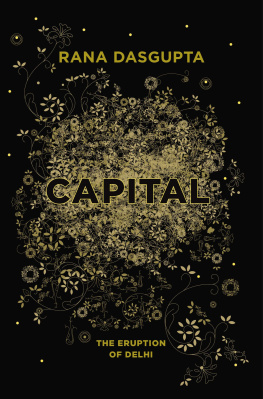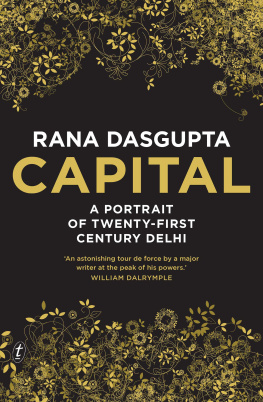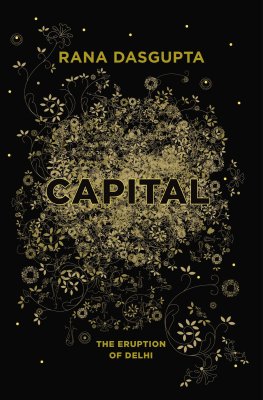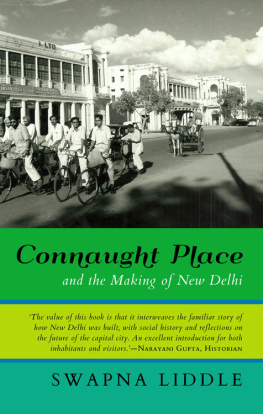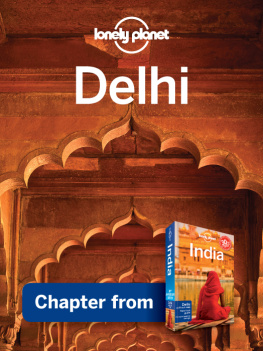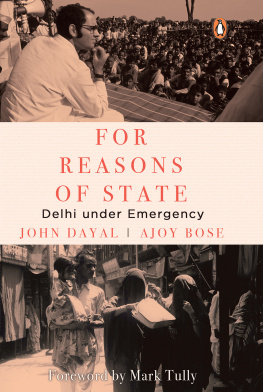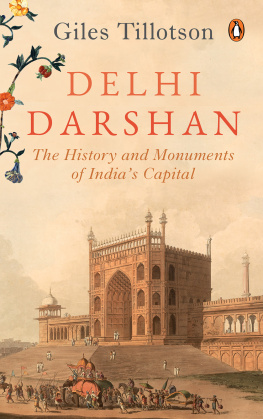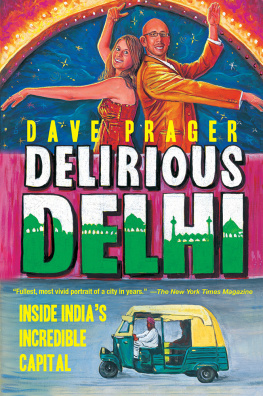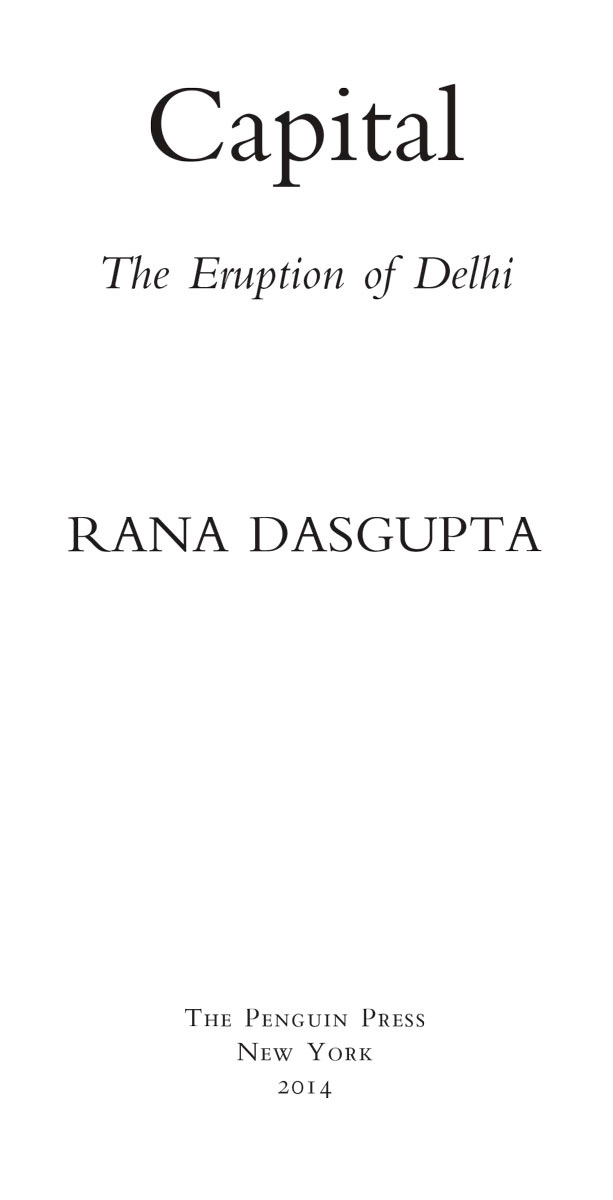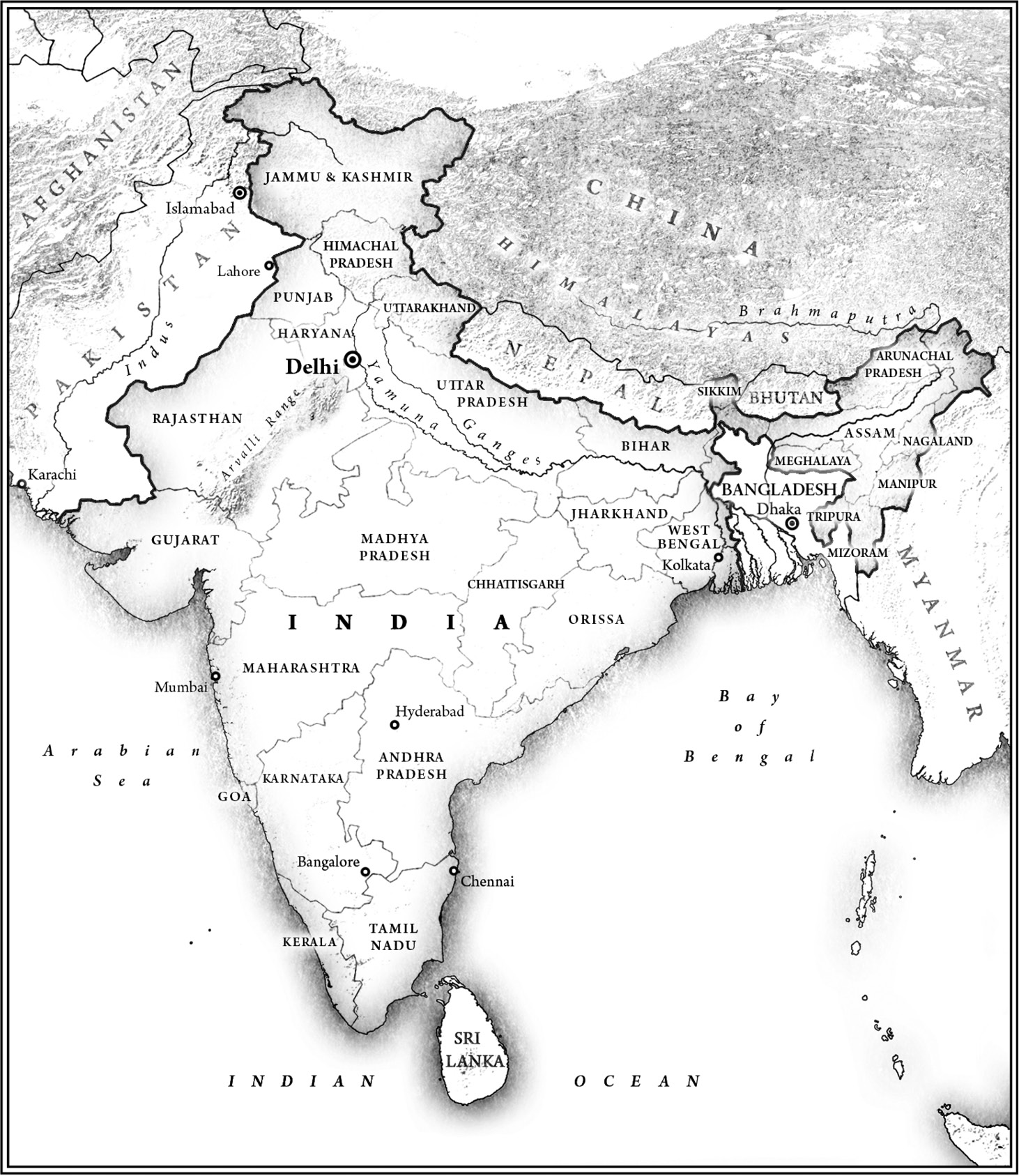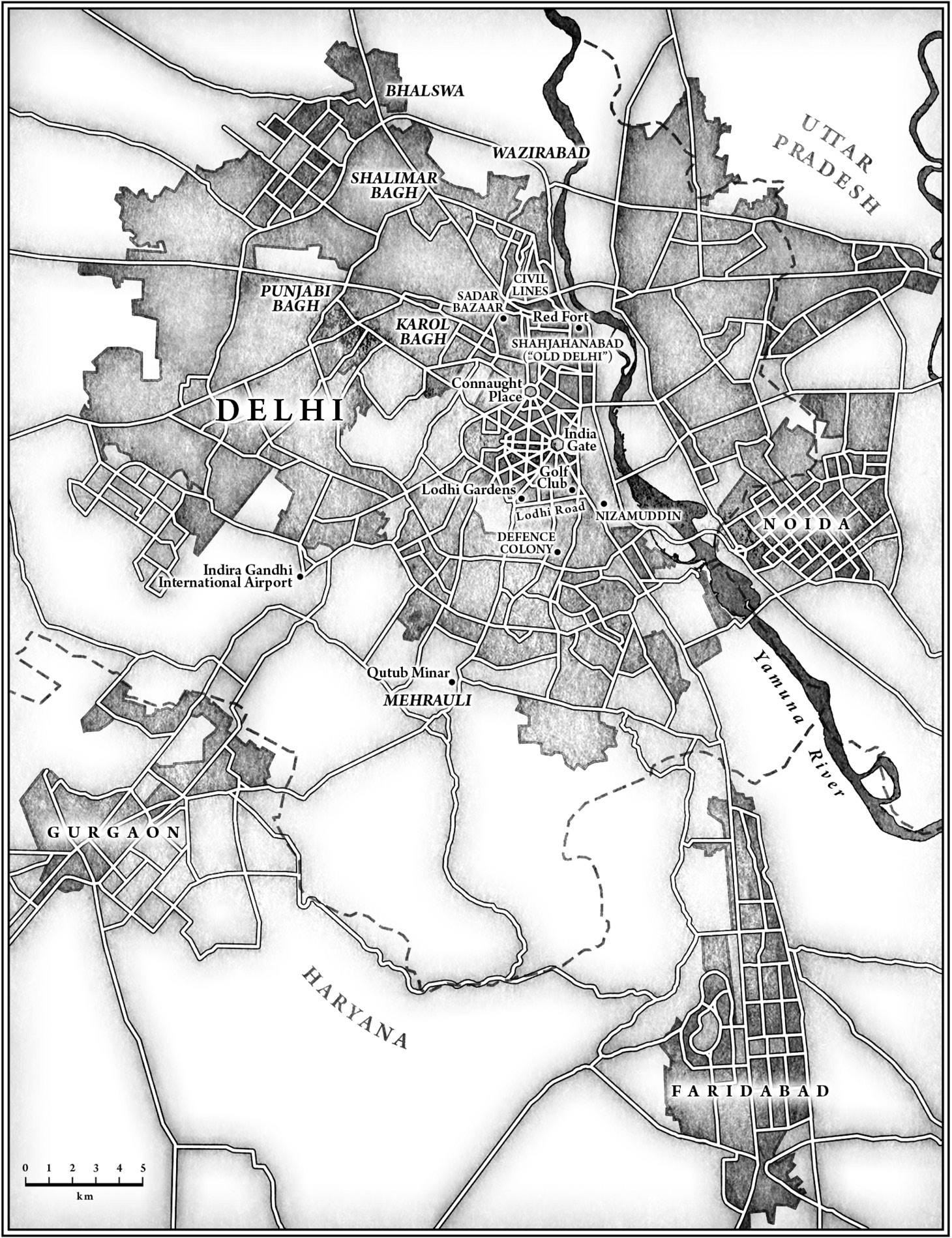Dasgupta - Capital : the eruption of Delhi
Here you can read online Dasgupta - Capital : the eruption of Delhi full text of the book (entire story) in english for free. Download pdf and epub, get meaning, cover and reviews about this ebook. City: Delhi (India), India--Delhi, year: 2014, publisher: Penguin Press HC, genre: Detective and thriller. Description of the work, (preface) as well as reviews are available. Best literature library LitArk.com created for fans of good reading and offers a wide selection of genres:
Romance novel
Science fiction
Adventure
Detective
Science
History
Home and family
Prose
Art
Politics
Computer
Non-fiction
Religion
Business
Children
Humor
Choose a favorite category and find really read worthwhile books. Enjoy immersion in the world of imagination, feel the emotions of the characters or learn something new for yourself, make an fascinating discovery.
- Book:Capital : the eruption of Delhi
- Author:
- Publisher:Penguin Press HC
- Genre:
- Year:2014
- City:Delhi (India), India--Delhi
- Rating:5 / 5
- Favourites:Add to favourites
- Your mark:
Capital : the eruption of Delhi: summary, description and annotation
We offer to read an annotation, description, summary or preface (depends on what the author of the book "Capital : the eruption of Delhi" wrote himself). If you haven't found the necessary information about the book — write in the comments, we will try to find it.
Abstract: In Capital, Commonwealth Prize-winning author Rana Dasgupta examines one of the great trends of our time: the expansion of the global elite. Capital is an intimate portrait of the city of Delhi which bears witness to the extraordinary transmogrification of Indias capital. But it also offers a glimpse of what capitalism will become in the coming, post-Western world. The story of Delhi is a parable for where we are all headed. The boom following the opening up of Indias economy plunged Delhi into a tumult of destruction and creation: slums and markets were ripped down, and shopping malls and apartment blocks erupted from the ruins. Many fortunes were made, and in the glassy stores nestled among the new highways, customers paid for global luxury with bags of cash. But the transformation was stern, abrupt and fantastically unequal, and it gave rise to strange and bewildering feelings. The city brimmed with ambition and rage. Violent crimes stole the headlines. In the style of V.S. Naipauls now classic personal journeys, Dasgupta shows us this city through the eyes of its people. With the lyricism and empathy of a novelist, Dasgupta takes us through a series of encounters - with billionaires and bureaucrats, drug dealers and metal traders, slum dwellers and psychoanalysts - which plunge us into Delhis intoxicating, and sometimes terrifying, story of capitalist transformation. Together these people comprise a generation on the cusp, like that of Gilded Age New York: who they are, and what they want, says a tremendous amount about what the world will look like in the rest of the twenty-first century. Interweaving over a century of history with his personal journey, Dasgupta presents us with the first literary portrait of one of the twenty-first centurys fastest-growing megalopolises - a dark and uncanny portrait that gives us insights, too, as to the nature of our own - everyones - shared, global future.
Dasgupta: author's other books
Who wrote Capital : the eruption of Delhi? Find out the surname, the name of the author of the book and a list of all author's works by series.

